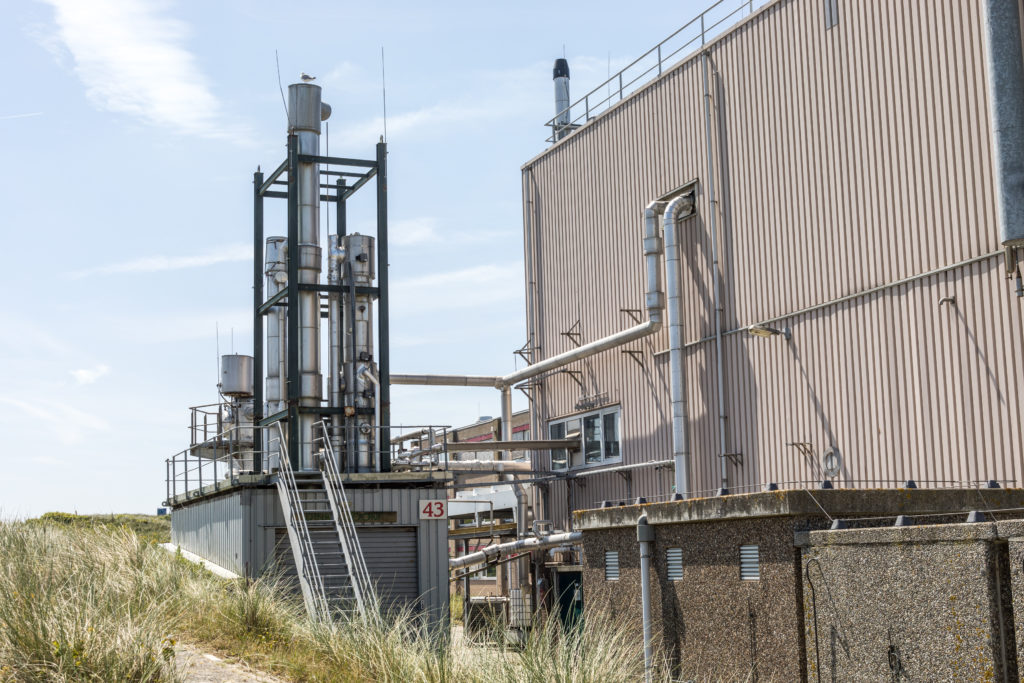In order to scale up the hydrogen market, the government is subsidizing billions in electrolysis capacity and wants to stimulate the industry with subsidies and an obligation to use more and more renewable hydrogen from 2026. 9 billion euros have been reserved for this in the Climate Fund.
The Climate Agreement stipulates that the Netherlands will have at least 4 Gigawatts of electrolysis capacity by 2030. The Netherlands is aiming for an electrolysis capacity of 8 Gigawatts by 2032. This feasibility will depend on the roll-out of offshore wind energy, the expansion of energy infrastructure and the demand for electricity from users such as industry.
As a first step, the government is focusing on increasing the supply of renewable hydrogen with various subsidies. In addition to the subsidies that already exist for electrolysis, the government will make another 1 billion euros available in 2024. For the years after that, the government reserves 3.9 billion for scaling up renewable hydrogen. The Energy Main Structure Programme must ensure that places in the Netherlands are designated for electrolysers.
By providing 300 million euros in subsidies under the H2Global Initiative, the import of hydrogen to North-West Europe will get a boost. The government is also working on infrastructure for the transport and storage of hydrogen.

The use of hydrogen in industry and transport is stimulated with subsidies and obligations. In anticipation of an agreement within the European Union on binding hydrogen targets, the government wants the industry to increasingly use renewable hydrogen.
Furthermore, the government wants to make the investments that are necessary for the use of renewable hydrogen more attractive. Therefore, the ministry is exploring the introduction of subsidies for hydrogen users that should cover the costs of converting installations or the use of renewable hydrogen.